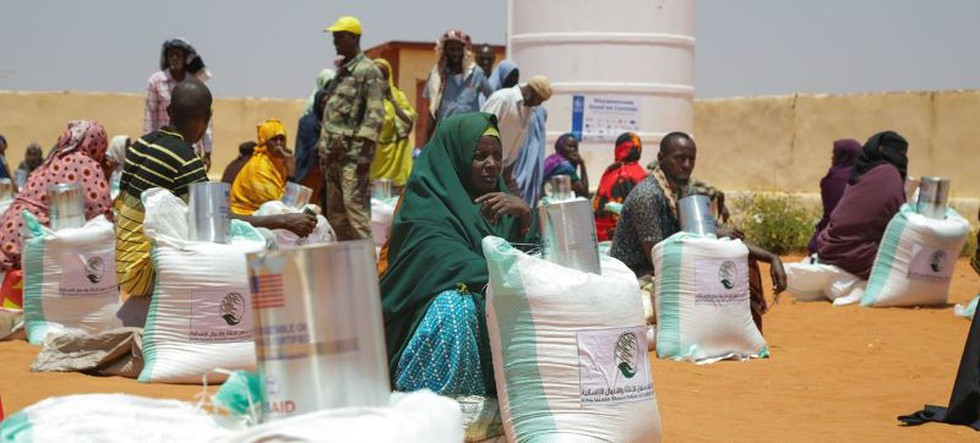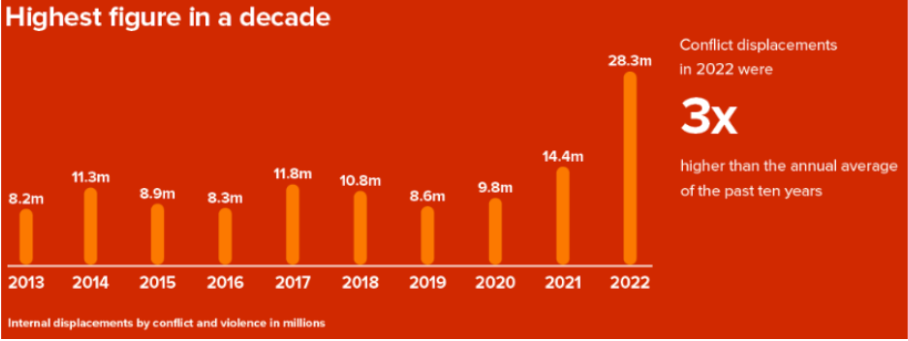Free Courses Sale ends Soon, Get It Now


Free Courses Sale ends Soon, Get It Now



Disclaimer: Copyright infringement is not intended.
Context:
Global Report on Internal Displacement 2024 (GRID-2024) Overview:
Increase in Internally Displaced People:
|
●Internal displacement is defined by IDMC as the number of forced movements of people within their country's borders recorded during a year. |
Trend Reversal in Displacement Causes:
Conflict and Violence:

Disaster-Induced Displacement:
Weather-Related Disasters:
Impact of Global Weather Phenomena:
Regional Analysis:
Continuing Displacement Trends:
Previous Trends:
|
Global Report on Internal Displacement 2024 (GRID-2024) ●It is an annual report published by the Geneva-based Internal Displacement Monitoring Centre (IDMC). ●It records internal displacements due to conflict violence and disasters. About IDMC ●The Internal Displacement Monitoring Centre (IDMC) is the world's leading source of data and analysis on internal displacement. ●Established in 1998 as part of the Norwegian Refugee Council (NRC). ●Their work informs policy and operational decisions that improve the lives of the millions of people living in internal displacement or at risk of becoming displaced in the future. |
Source:
|
PRACTICE QUESTION Q. Discuss the changing dynamics of internal displacement with a focus on the trends in weather-related disasters and conflict-induced displacement, as highlighted in the Global Report on Internal Displacement 2024 (GRID-2024). (250 words) |
© 2024 iasgyan. All right reserved